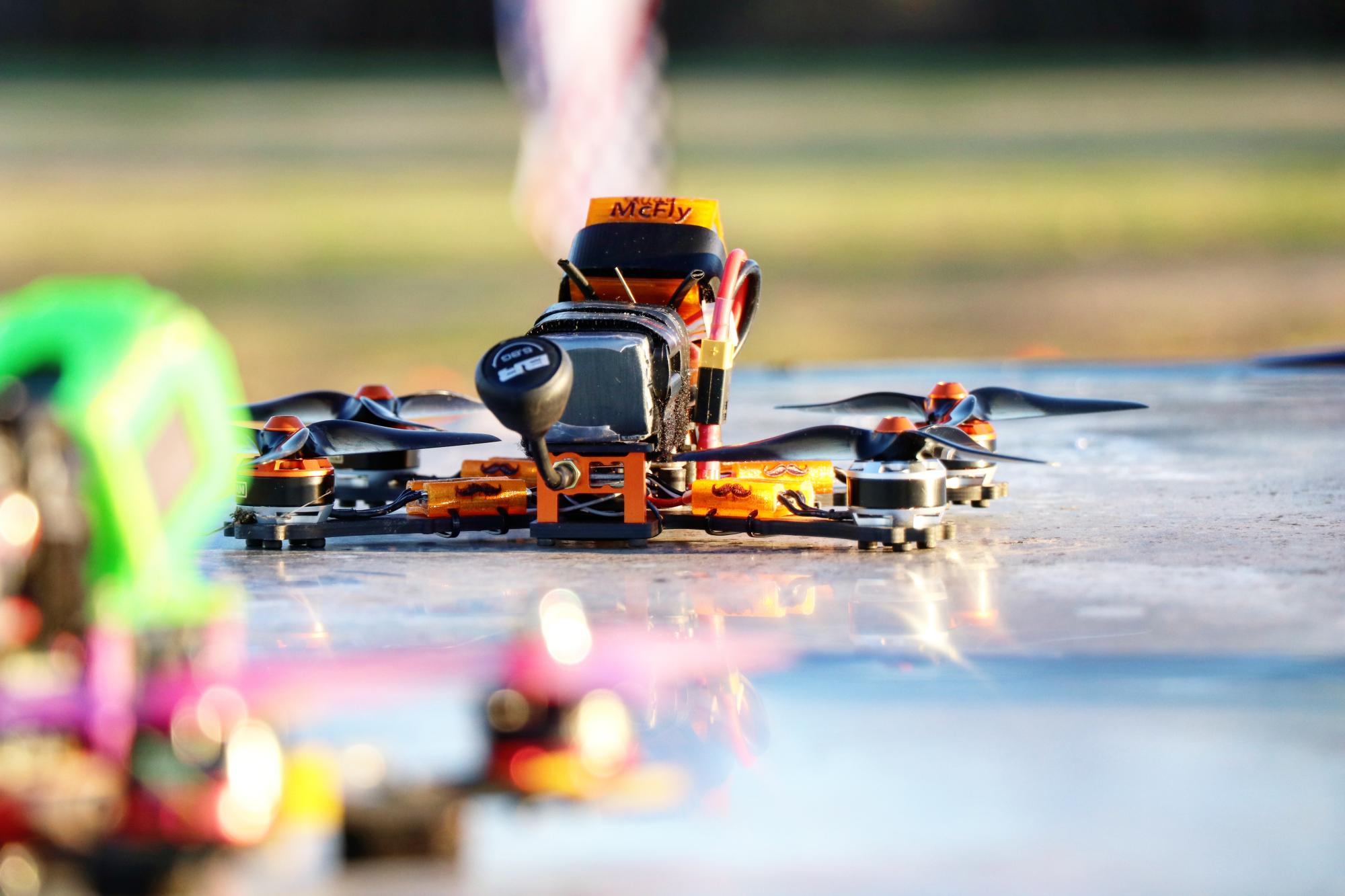- Home >
- Results >
- Motor Tests >
- Mid KV >
- Tattu 2305 2450kv
Tattu's first entry into the motor market.
Check out the full list of motors in this series here
Summary
Results
The results here are reflective of the middle ground this motor seems to occupy; very solid performance, especially for the smaller stator size and conservative kV. The kV tested a tad lower than advertised coming in around 2390kv. One of the most noticable things about these results is the relatively flat performance across the range of props, only showing about 100g difference between the lighter 5" props and the heaviest 5" props. This is indicative of the larger air gap and shorter stator, where the lower torque loaded props respond well to the kV and the heavier loaded props bog the motor down a bit. That being said the performance here is very comfortably in the middle range, easily clearling 1300g on the mid to heavy load props, and staying around the 1200g mark even on the light props. It is also interesting to note that this motor barely got out of the low 30A range even on the heaviest props. It seems clear this motor was targeted towards that middle space of the average user, a pilot looking for a mid-weight motor that is usable on a broad range of props and a broad range of flying styles without being over-powered or killing the battery. This seems to have it the nail on the head for a general use, broad application motor that just about any pilot can find a use for.










































